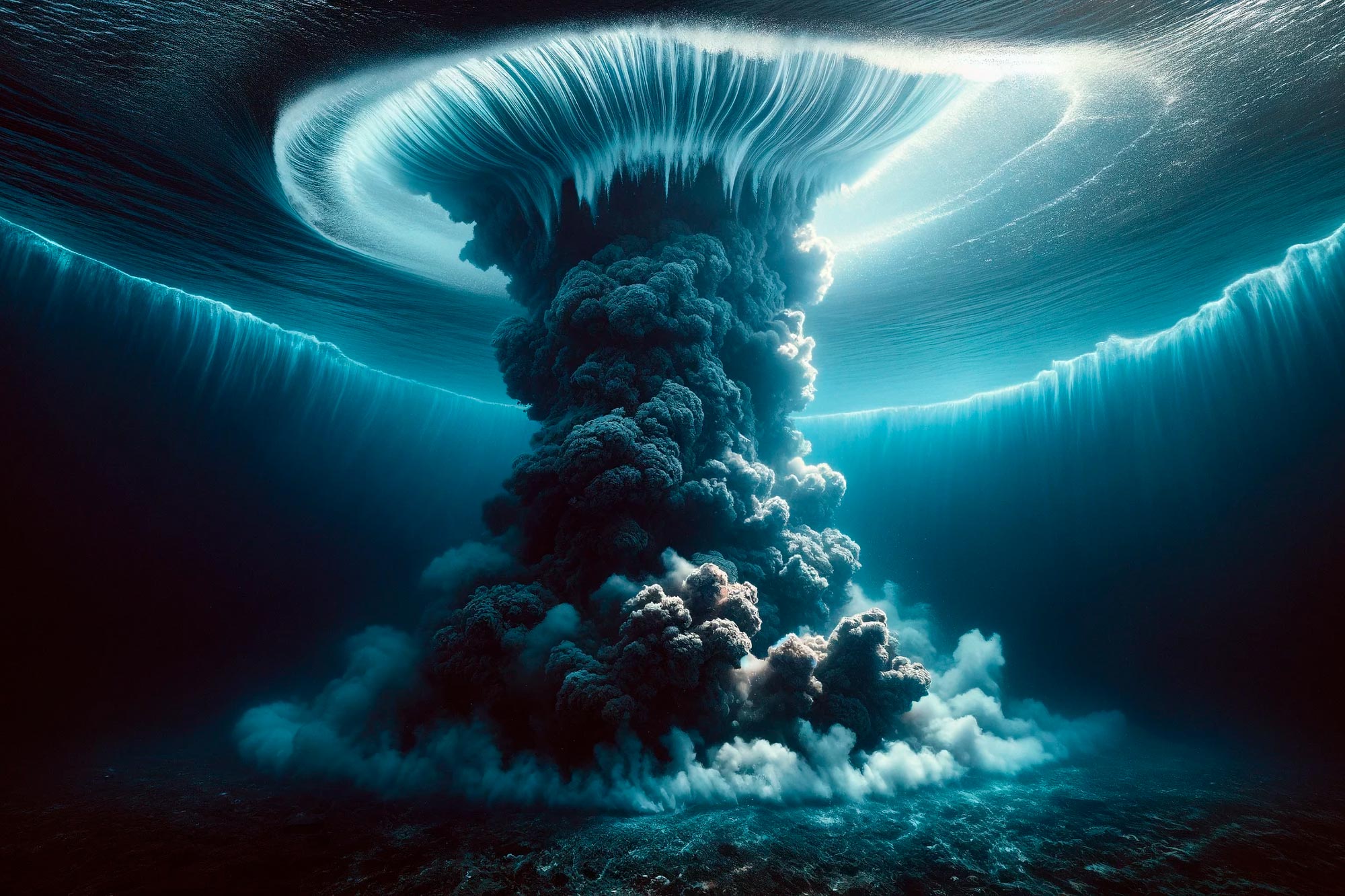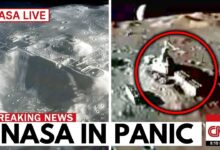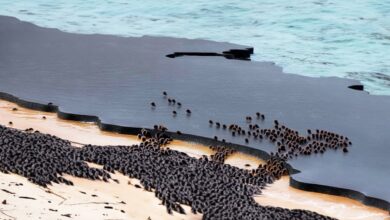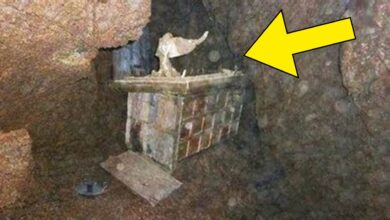A Huge Underwater Volcano Has ERUPTED Near the Deepest Place on Earth

### **Underwater Supervolcano Erupts Near Challenger Deep – Deepest Point on Earth**
A massive underwater volcanic eruption has occurred near Challenger Deep, the deepest point of the Mariana Trench in the Pacific Ocean. It is a rare geological event that has shocked scientists and had far-reaching effects on the environment, ecology, and our understanding of the planet.
#### **The Mariana Trench and Challenger Deep – Geological Wonders**
The Mariana Trench is the deepest place on Earth, stretching over 1,500 km and reaching depths of nearly 36,000 feet (over 10,900 meters). The Challenger Deep is the deepest point of the trench, where the pressure is more than 1,000 times higher than at sea level, enough to crush a human without specialized protective equipment. In this harsh environment, scientists have discovered strange ecosystems, hydrothermal vents, and unique geological structures. But nothing could have prepared them for the colossal event that just occurred.
**First signs of an eruption**
The event began with a series of deep-sea earthquakes, which seismic equipment detected as unusual in intensity and depth. Initially, scientists thought this was just normal tectonic activity at the intersection of the Pacific and Philippine Sea plates. However, a rapid increase in the intensity of seismic waves and changes in the temperature and chemical composition of the seawater suggested that magma was moving and a massive eruption was imminent.

#### **Underwater Volcanic Eruption – A Rare Spectacle**
At a depth of more than 20,000 feet (over 6,000 meters), the seafloor broke apart, releasing lava, hot gas and ash into the ocean water column. The force of the eruption was so powerful that it created seismic waves that traveled around the world, while also forming a giant cloud of ash and material underwater. This phenomenon has significantly changed the topography of the seafloor, with a new volcanic structure gradually forming – which could lead to the birth of a new island, similar to the Hawaiian or Icelandic archipelagos.
#### **Ecological and chemical consequences**
The eruption has severely disrupted the unique ecosystem of the Mariana Trench. Many species living in hydrothermal vents have been buried under layers of ash and volcanic material. Some species may face extinction, while others may adapt and thrive in the new environment.
In addition, the cooling lava will create volcanic rocks that become new foundations for marine life such as corals and sponges to grow, starting a cycle of destruction and regeneration in the ecosystem. However, emissions from the eruption, such as CO₂, SO₂ and methane, have changed the chemistry of the seawater, causing acidification and negatively affecting marine life, especially corals and calcareous shellfish.

#### **Tsunami Risk and Global Alerts**
While underwater volcanic eruptions do not usually directly cause tsunamis, the collapse of volcanic structures or underwater landslides can create huge waves. This puts coastal communities in the Pacific region on high alert, while emergency management agencies closely monitor the situation.
#### **Scientific discoveries and research opportunities**
The event was a valuable opportunity for scientists to further study underwater volcanic activity, which is difficult to access due to its remote location and extreme pressure. Modern equipment, such as remotely operated diving robots and autonomous submarines, were deployed to collect data, take lava samples, and map the seafloor.
Initial data shows that lava from the eruption contains many rare earth elements, important for modern technology such as smartphones and renewable energy. However, this also raises concerns about deep-sea mining, which could cause serious damage to the ecosystem.
#### **Wider implications and lessons for humanity**
The volcanic eruption at Challenger Deep is not only a geological phenomenon, but also a reminder of the power and complexity of the Earth. It shows that, no matter how advanced our technology is, we are still dependent on and affected by natural forces beyond our control.
However, this event also opens up opportunities for us to better understand the geological, biological and climatic processes of the planet. It calls for humanity to increase investment in ocean research, while balancing resource exploitation and environmental protection.
The eruption near Challenger Deep is a powerful testament to the Earth’s vitality and a reminder that we must continue to explore, learn and protect this planet – which has been, is and will continue to change every day.








